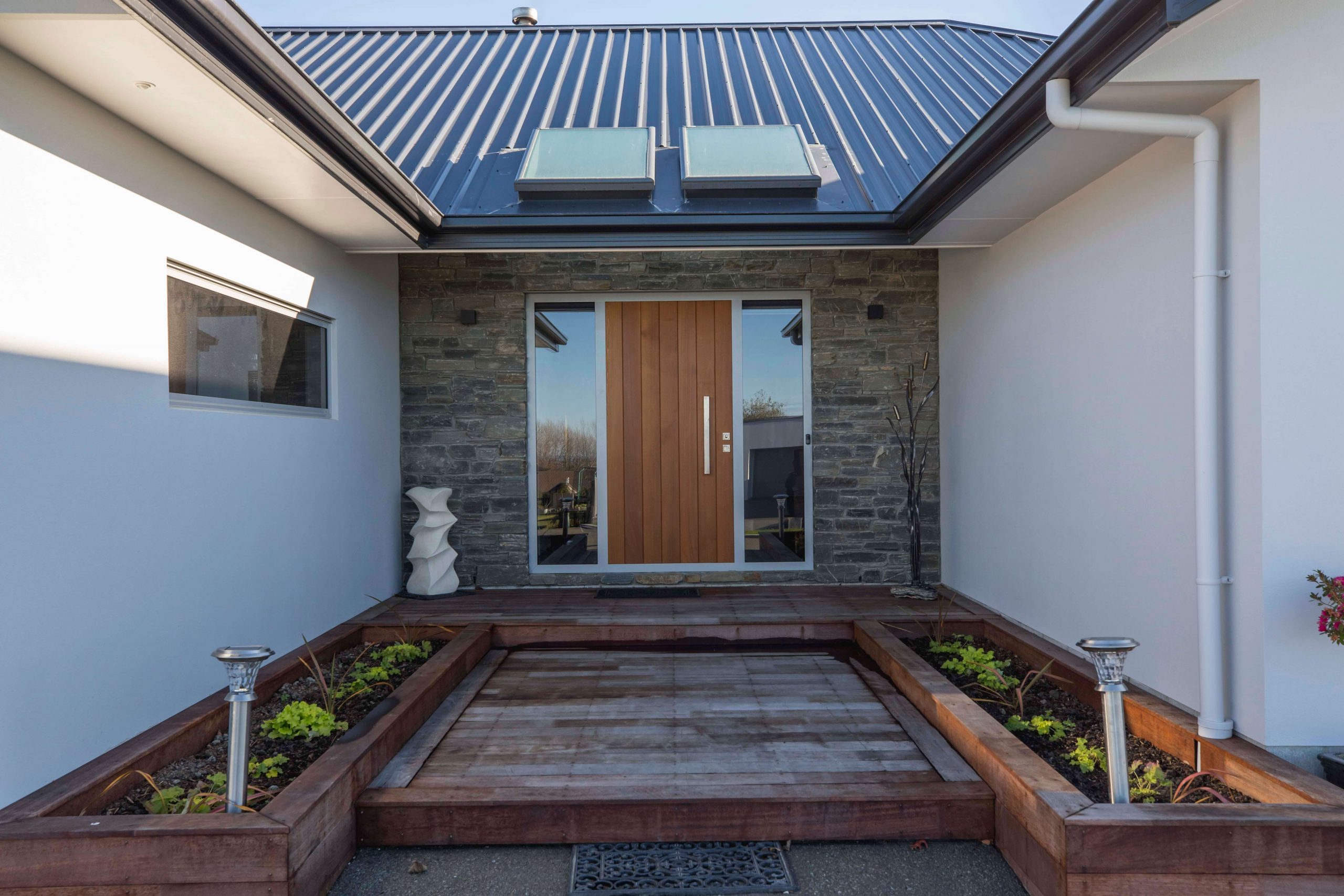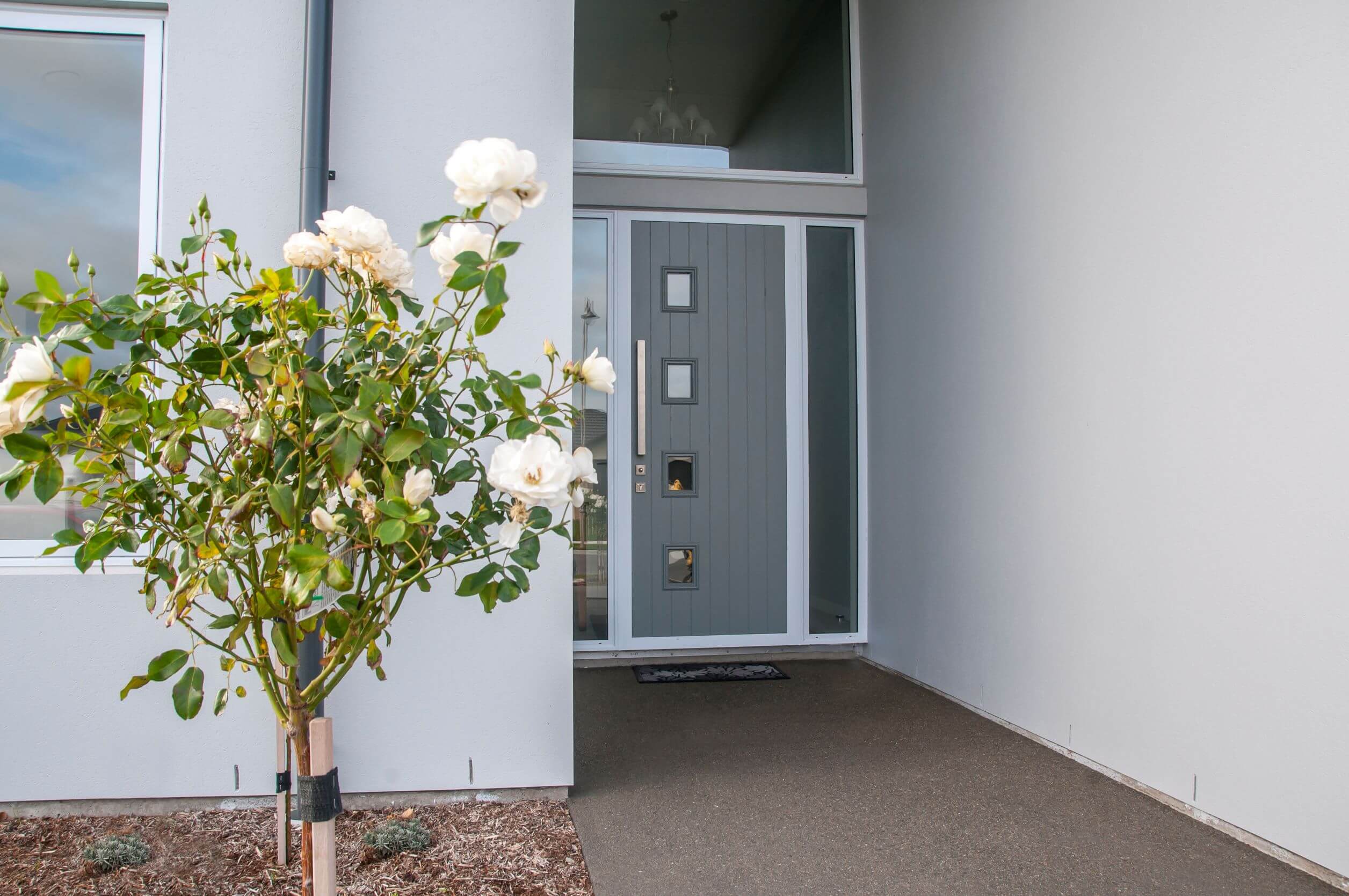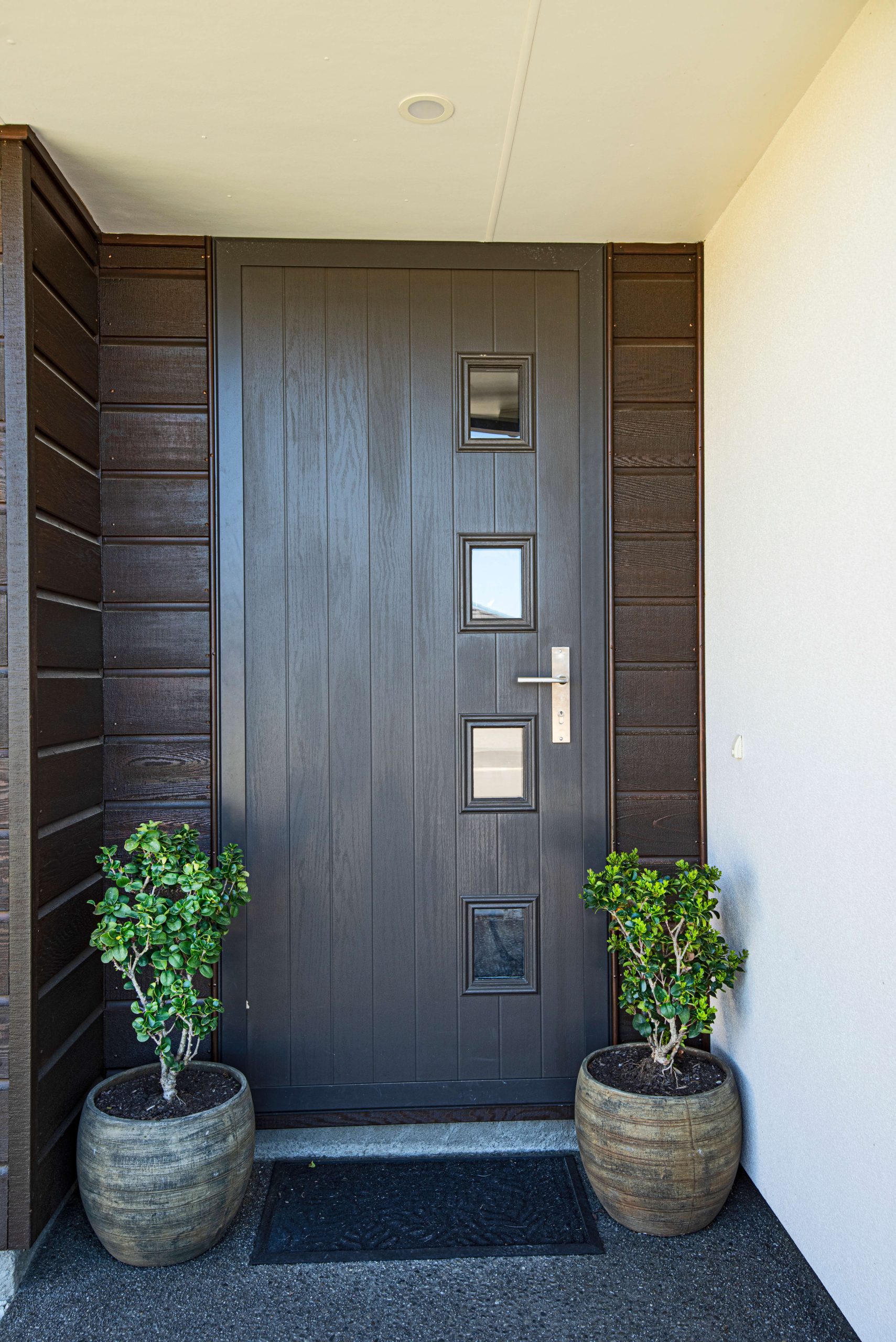How good is your door acoustically?
How to make sure your door not only looks and feels good but sounds great!
Parkwood are reputed for being industry leaders for entrance doors. With the introduction of the first thermally broken door to New Zealand, pioneering fiberglass composite doors, and the inventors of the Thermtek FL, a focus has always been on energy efficiency and thermal properties.

We’re not just content with that, so we have conducted extensive research and testing on the acoustic properties of our doors. With our basic acoustic range achieving up to STC 33*, core research has focused on improving the acoustic characteristics of our entrance range.
Sound transmission class, commonly known as STC ratings, measure how well a building element blocks noise. This is particularly important if you live in a noisy environment, such as in high density housing or near a motorway or airport. It also can be used in noisy commercial environments such as factories or shopping complexes where reducing noise is essential for occupational heath and safety.
Noise is commonly regarded as ‘situational’, and many people living or working in noisy areas don’t realize the many options there are to reduce noise. Doors are a simple, effective, but often overlooked method of reducing noise. Because the door is often the building element with the least mass in a wall, it can often be the element that leaks the most noise.
Heavier doors are usually better acoustically as mass absorbs sound, particularly at low frequencies, however perimeter sealing is just as important. Therefore, it is critical that the right frame and seals are selected for the application. Hardwood timber doors, such as those made of American White Ash, will often outperform lighter Duramax doors due to the sheer weight. Despite this, no guarantee can be placed on the door performance, if poor sealing or low-quality frames are used.

The detail can get finer too, for example in recent testing a Vulcan TVG far outperformed a Rosewood AR44 of the same size, by 3 STC points! The reason for this, is the critical frequency of the timber, door style and configuration. Doors tested with and without vee grooving, for example, can have different ratings, while doors with glass can have altered critical frequencies, reducing the total rating of the door, disproportionate to mass.

Often, acoustic properties come at the expense of other desirable elements such as thermal insulation. The Thermtek FL is available in an acoustic version which combines both thermal and acoustic superiority. It is both deemed to be H1 compliant and great acoustically!
*All doors tested at 1980 x 860mm. Values reflect the door leaf only and provide no indication of performance of seals or frame. Altering door sizes, as well as adding vee-grooves and vision panels may affect acoustic performance. It is the responsibility of the installer or fabricator to provide a STC value of the installed door and frame.

